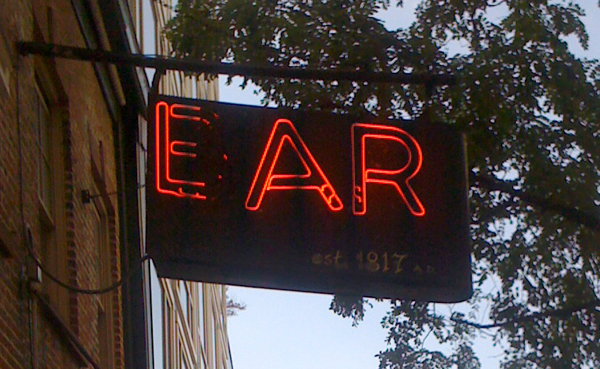Bad Form
September 16, 2011
![]()
In these heady days of web design and development, with multiple screen sizes, tablets and smarphones, it can be difficult to get proportions and spacing correct. Of course, one would expect a major retailer to have the resources (and care) to get it right. This screenshot was taken on my laptop with a resolution of 1440 x 900 running Firefox 5 on OSX. Nothing too crazy in terms of a web user profile.
Beyond any aesthetic issues with the check box label being too far to the right, the functional issues (or non-functional as the case may be) are what should be of primary concern here. I suspect many users would stumble over connecting these two parts of the form. If it takes folks an extra few seconds to fill out your form, it takes away from the shopping experience and therefore it impacts your brand.
Will it take away from sales? Maybe not initially. I certainly continued with my purchase, but if users are left remembering that the checkout process was annoying, weird, or heaven forbid, difficult, they may be more likely to head to your competitor’s better designed site.
Small improvements can build up to increase satisfaction and in this case, it seems like an important (and easy) fix – especially as this is one of the very last steps in the check out process – right before you click the “purchase” button.
Seems simple enough – in both common sense and in design – but the evidence is clear.



